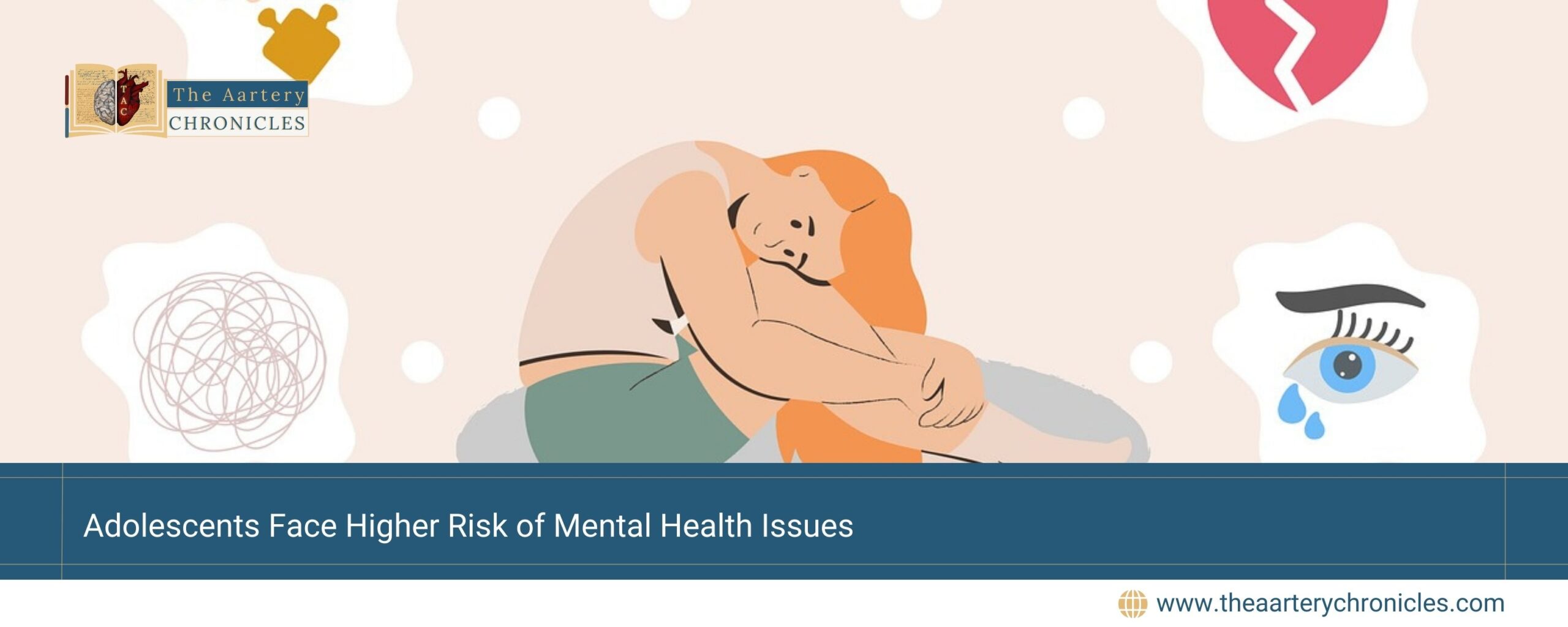
Adolescents Face Higher Risk of Mental Health Issues
Introduction
Adolescents and young adults, aged 15-25, are particularly vulnerable to developing mental health disorders. Advanced technology has exposed this age group to an increased risk of various mental and personality disorders, many of which emerge during these formative years.
Impact of Technology on Mental Health
The rise of digital technology, especially social media, has been linked to negative impacts on mental health. It has led to less physical activity, disrupted sleep patterns, and reduced face-to-face interactions. The lack of reflective communication due to instant messaging further exacerbates these issues.
Increasing Cases of Borderline Personality Disorder
Dr. Rakesh K Chadda, Head of the Psychiatry Department at Amrita Hospital, highlighted a significant rise in cases of Emotionally Unstable Personality Disorder (EUPD), also known as borderline personality disorder (BPD), particularly among young females. Over the last two decades, the prevalence of BPD has more than doubled in females compared to males. If left untreated, BPD can severely impair social and occupational functioning and lead to other mental health issues like depression, anxiety, and substance abuse, as well as an increased risk of suicide.
Substance Abuse and Gender Disparity
Substance abuse has also risen sharply among individuals aged 15-25, with alcohol and illicit drug use being particularly common. While depression is more prevalent in females within this age group, substance abuse is more frequent among males. Additionally, girls are more prone to self-harm and anxiety disorders, highlighting a gender disparity in mental health issues.
Rising Prevalence of BPD Among Youth
A recent study published in the Indian Journal of Psychiatry revealed a 22% prevalence of BPD among college students, compared to a 15% prevalence reported in a 2019 study. This suggests a significant increase in BPD cases in India. Clinical settings have also observed a growing number of BPD cases over the past decade, a stark contrast to the figures from 20-30 years ago.
Role of digital devices
Dr. Neatu Narang, Senior Consultant at Amrita Hospital, emphasized the importance of awareness about the harmful effects of excessive digital technology use. He noted that excessive use of digital devices often leads to unhealthy behaviours, such as reduced outdoor activities, poor socialization, irregular sleep patterns, and missed meals. Mental health professionals must work to sensitize the youth about these risks and promote lifestyle interventions to counter these trends.
The Need for Balanced Technology Use
Dr. Meenakshi Jain, Assistant Professor of Psychiatry at Amrita Hospital, pointed out that while digital technology offers many benefits, its misuse can severely affect mental health and personal lives. The increasing incidence of cybercrimes, such as cyberbullying, financial fraud, and exposure to inappropriate content, is a growing concern for adolescents and young adults. The rise in screen time and digital addiction contributes to low mood, social withdrawal, self-harm tendencies, and substance use, further adding to the overall disease burden.
Conclusions
Experts stress the need for early intervention and education on balanced technology use. Promoting a healthy lifestyle and appropriate use of digital technology should start from early childhood to prevent the development of personality disorders and other mental health challenges in the future. Parents, teachers, and policymakers play a crucial role in guiding the youth toward a healthier and more balanced approach to technology.
Source: Inputs from various media Sources










